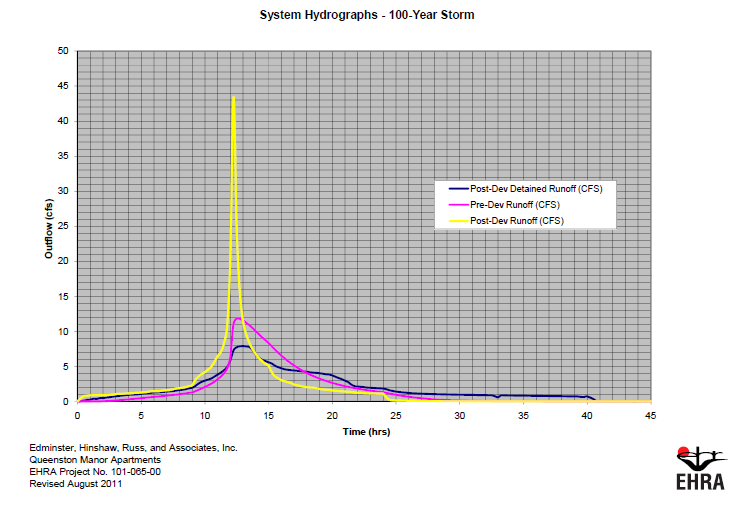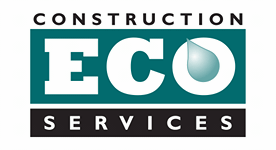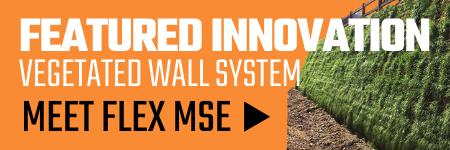Green Infrastructure: More than Stormwater Quality
Many local, state and federal regulators have looked at green infrastructure (GI) as a great way to deal with their stormwater quality requirements. In doing so, they have put GI in a box, forgetting the reason the movement began in the first place; to mimic predevelopment hydrology.
When focusing on the hydrology and making water quality a secondary benefit, you open yourself up to an entire new realm of design possibilities and strategies. Imagine focusing on Time of Concentration instead of Total Suspended Solids. How would that impact your design?
In my experience, it changes your design thinking from “how do I check my stormwater quality box” to “how do I reduce my detention storage requirement and increase my clients lot yield”. In both instances, you meet your water quality requirements, but in the latter, you give your client so much more, whether it is additional lots or leasable space. The design moves away from concentrated, “efficient” end of pipe stormwater quality units and detention ponds that have to manage high flows, and towards a distributed, “inefficient” method of using vegetated filter strips, planter boxes, swales, biofiltration and permeable pavements to slow the water, never allowing the flows to build to begin with.
Imagine what happens to your hydrograph as those peak flows are never allowed to build. Suddenly you find yourself needing less storage, and your client now has more real estate to work with. Below is a hydrograph from one of the best examples we have of how this works. 
This is Queenston Manor Apartments in one of the suburbs of Houston Texas. This site had a water quality requirement and it was met through the use of Biofiltration, but water quality was not the reason this site used Green Infrastructure. The reason was because they could reduce their detention requirements by 40% due to the fact that they were able to slow the flow enough, that in a 100 year event (which this site has seen three of in the past 18 months), their peak flow would be less than predevelopment condition.
The result was two additional apartment buildings, or $48,000 in additional revenue every month. To this developer, water quality was a nice secondary benefit. To read more about Queenston Manor and the strategies employed, check out the full case study here.
If you want to learn more about Green Infrastructure, click below to schedule a lunch and learn with one of our System Solutions Specialists.









